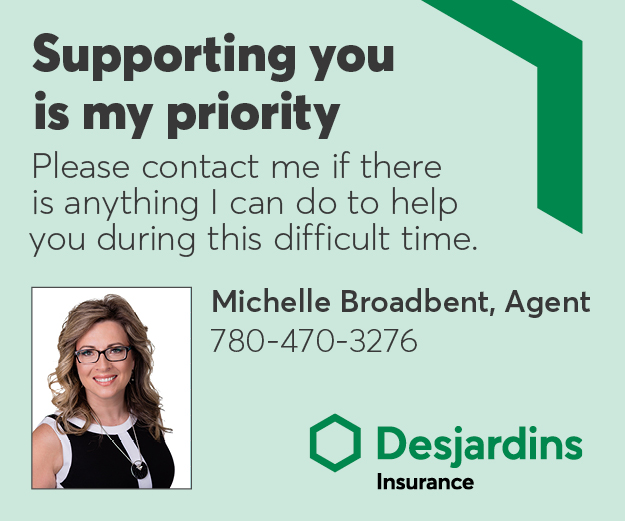Trending
SPF (abbr.): Factoring in the fate of your skin
December, 2015
| When it comes to summer, we Albertans don’t mess around. We’re busting out our flip-flops, lining up for the latest gardening gadgets and booking our lake vacations at even the slightest sign of spring. But in our excitement for every hot summer second, sun protection is often an afterthought. Before you pull another expired bottle of sunblock from your golf bag (it’s still good, right?), read on. Here’s the need-to-know on SPF and sunscreen. |
What Is SPF?
Sun protection factor is the measure of UVB protection in sunscreen; UVB is ultraviolet radiation that causes sunburn, photo-aging (brown spots) and, sometimes, skin cancer.
SPF ratings range from 2 to 100 in Canada; the number measures the amount of time a person can spend in the sun before burning without sunscreen compared to how long he or she can stay in the sun with sunscreen. For example, if you normally begin to burn after about 10 minutes in the sun, applying an SPF 15 sunscreen means you can stay in the sun for about 150 minutes.
SPF ratings can be tricky, however. A higher SPF doesn’t equal more sun protection. You see, an SPF of 15 filters about 93 percent of incoming UVB rays. If you double your SPF to 30, you’re filtering out about 97 percent of the UVB rays coming at you. Increase that to SPF 50, and you’re only up 1 percent to 98. Because the increases in protection are minimal, most people won’t benefit from using sunscreens with SPFs higher than 30.
How Sunscreen Works
Sunscreen contains ingredients that reflect UV rays (like zinc oxide or titanium oxide) and ingredients that absorb UV rays (like oxybenzone or octyl methoxycinnamate) before they reach the skin.
No sunscreen can block all UV rays. Think of sunscreen as a filter between the sun and your skin—some light will always get through. Sunscreen typically protects us from UVB rays, but not always from UVA rays (ultraviolet radiation that penetrates deep into the skin causing premature aging and potentially leading to skin cancer). To protect yourself from both UVA and UVB rays, choose a sunscreen labelled “broad spectrum” or “multi-spectrum.”
Don’t Get Burned!
For sunscreen to be effective, you’ve got to use it properly. Most of us apply only about half the amount that’s actually required, which means a sunburn could develop in about half the time you’d expect. Be sure to apply at least two milligrams of sunscreen per square centimetre of skin.
Sunscreen is less effective when exposed to water. Reapply sunscreen (at least) every 80 minutes if you’ve been in water or are sweating excessively, even if it’s labelled “waterproof” or “water resistant.”
Sunscreen also loses its effectiveness when it’s past its prime; its sun-repelling ingredients break down over time, so expiry dates are important. Most sunscreens are good for about three years. t8n
Did You Know?
The areas we miss most often when we apply sunscreen are the tops of our feet, the tops of our hands, our scalp (bald spots and hair parts), our ears and our lips.
According to the Skin Cancer Foundation, UVA rays are less intense than UVB rays but are much more prevalent—30 to 50 times more, in fact.
Quick Tips
Wear sunscreen every day—
even if it’s cloudy or overcast.
Put on sunscreen at least 15 minutes before you go outside.
Choose moisturizers or cosmetics with an SPF rating.
Apply sunscreen before you get
dressed; you’ll protect the skin under your clothing, and you’ll be less likely to miss a spot.
Reapply often!











